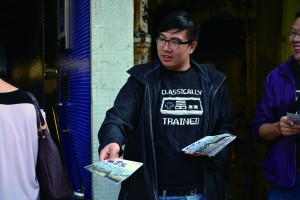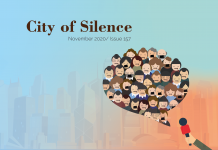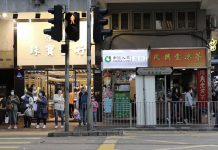Now, with a renewed interest in local culture and community and an increasingly active civil society, community newspapers are making a comeback – albeit in a different way. A monthly district paper, Paper Shau Kei. was launched in Shau Kei Wan in October last year. Pastor Wong King-yip, who founded the freesheet and also funds it, says a neighbourhood is more than a geographical location.
Wong wonders how many Hong Kongers regard their place of residence as their hometown. He spent a year living in Britain around 10 years ago and found that different towns and communities had their own distinctive cultures and character. In contrast, he thinks the classification of districts in Hong Kong means nothing at all. “Hong Kong is like a large shopping mall. District features disappear since chain stores like McDonald’s, Wellcome, ParknShop are everywhere. The boundary of districts is blurred, leaving few peculiar features,” Wong says.

After experiencing the contrast between Britain and Hong Kong, he wanted to reconstruct the sense of community in Shau Kei Wan using a district paper as a communication channel. At first, he thought of producing a magazine with more than 20 pages but this was not practical because it would require money and human resources. He eventually decided to model his paper on a well-known publication already on the market, the single-sheet Black Paper.
Wong says Paper Shau Kei produces three kinds of articles: about the past, present and future. Those about the past cover the old stores and businesses which make up the history of Shau Kei Wan; articles about the present promote current social events, such as the International Dragon Boat Race; while stories involving the future anticipate the cultivation of a sense of neighbourhood.
“Nowadays, people’s social consciousness is weak. You compare this with my father’s generation, those who are now in their 50s, they know everyone in the community,” Wong says. Unlike those from the older generations, Wong feels the Post-80s living in Shau Kei Wan are not familiar with one another and lack a community bond. He believes the greater variety of entertainment choices is one of the reasons for people’s indifference to their neighbourhood. “People used to actually meet up in person, whereas people tend to communicate through electronic means nowadays. Face-to-face interaction is rare,” Wong says.
In much the way they help to cultivate a sense of community, district papers also help found social movements. Whenever a district faces a crisis, its community newspaper can be used as a tool to mobilise residents to protest.










































